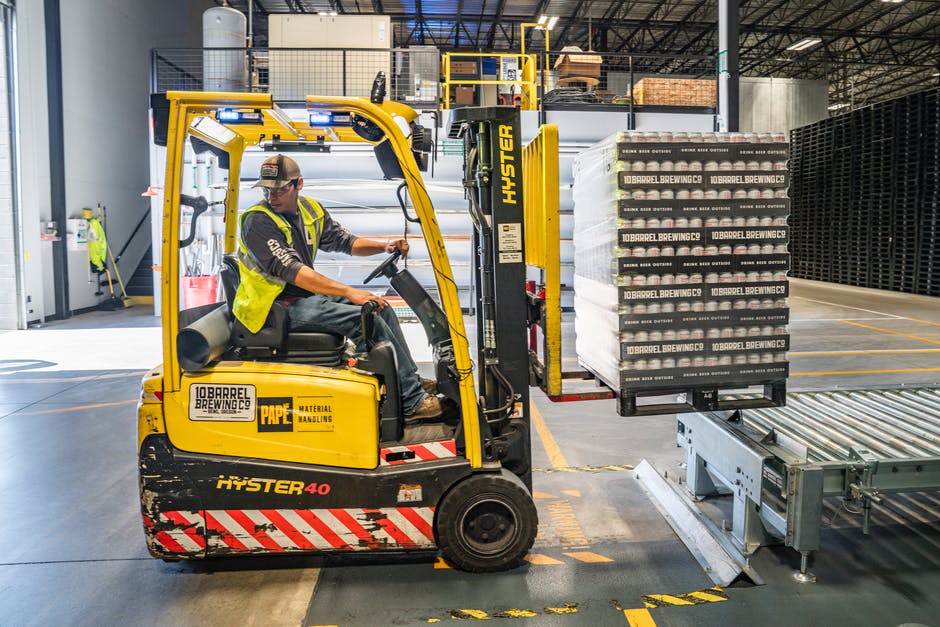Plus, The Risk Factors You Need to Know
Repetitive strain injuries, or RSIs, can often occur at industrial work sites. RSIs refer to injuries that result from repeated, excessive, or prolonged strain on a joint or muscle group. The term can also be used in reference to a variety of localized overuse injuries, such as carpal tunnel syndrome, trigger finger, golfer’s and tennis elbow, as well as hand/arm vibration syndrome.
Causes of Repetitive Injuries
So, when RSIs can refer to so many different types of injuries, how do you know what risk factors to look for in your industrial site? Here are a few risk factors that you and your HR department will need to pay attention to:
• Working in an awkward or stationary position for extended periods
• Operating tools, machinery or equipment that vibrate
• Applying excessive force to push, pull, lift, grip, move, use, or twist an object
• Performing repetitive tasks too often or too quickly or for too long
If any of your employees or staff are exposed to these risk factors on a regular basis, then they run the risk of injury. And you, as the employer, run the risk of employees who are injured, need to stay home, or even require medication or surgery to heal. All of this translates into unnecessary downtime or slowed production processes, an increased cost to train more people, and mounting health insurance costs by both your company and your employees.
Cold Temperatures Enhance Your Risk
Did you know that the cold weather can increase the risk of employees being injured on the job? It’s true. Muscles are much less flexible when it’s cold outside or inside. In addition, low hand and body temperatures reduce the overall blood circulation, which can put your workers at a greater risk of RSIs.
Symptoms of RSIs
Employees that have experienced a repetitive strain injury at an industrial work site may complain of a variety of symptoms.
• Tremors
• Clumsiness
• Burning
• Aching
• Shooting pain
• Weakness in hands/arms
• Tingling
• Numbness
• Fatigue
• Weakness, loss of strength
• Diminished sensation in fingers
• Whiteness in fingertips
• Difficulty with normal tasks: opening jars, turning on lights or faucets, etc.
How to Prevent Repetitive Strain Injuries
Preventing repetitive strain injuries at industrial work sites starts with putting some good, old-fashioned common sense into practice. Good posture and safe lifting techniques can go a long way toward preventing injuries at work. Here are several additional behaviors to incorporate at your workplace:
• Ensuring proper equipment (up to date, well maintained, and inspected)
• Requiring regular breaks for workers
• Encouraging a steady, safe work pace
• Providing regular intervals for a change of position
• Arranging on-site or off-site training to ensure proper adherence to safe practices
• Educating staff on the importance of stretching as well as exercising to stay healthy
• Wearing appropriate protective equipment: gloves, goggles, hearing protection, knee pads, etc.
• Keeping warm as best as possible during times of colder weather
• Warming up prior to beginning a strenuous or repetitive task
• Using equipment properly and for their intended purpose
Keeping your employees as healthy and safe as possible always pays off for the employer. At McClure Ergonomics, we are both on your side and your employees’ side. We work to help keep a healthy and safe working place for everyone.
Want to find out if your staff is at risk for a Repetitive Strain Injury?
You can schedule an ergonomics assessment with McClure Ergonomics Consulting.
Call TODAY for your consultation!

